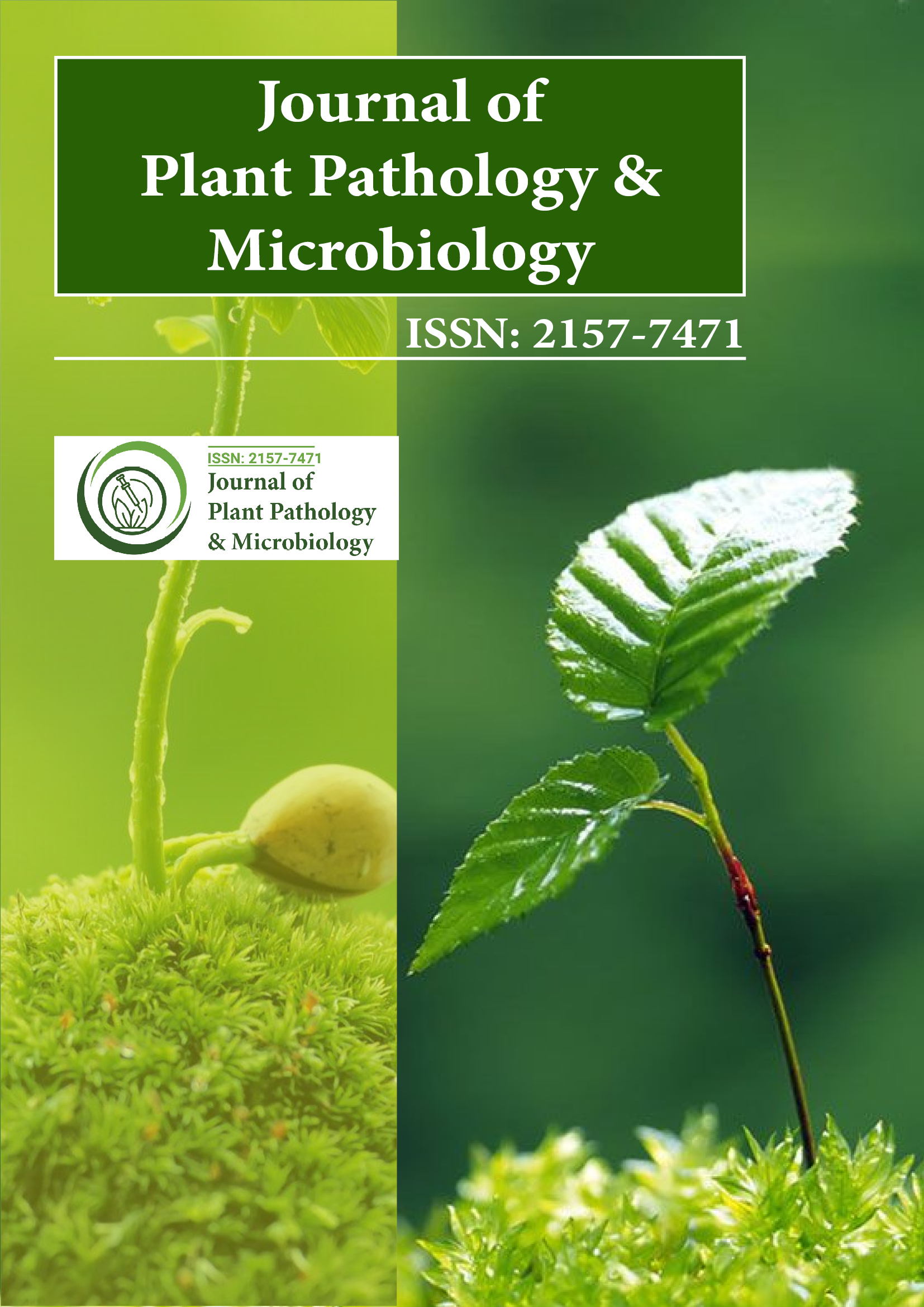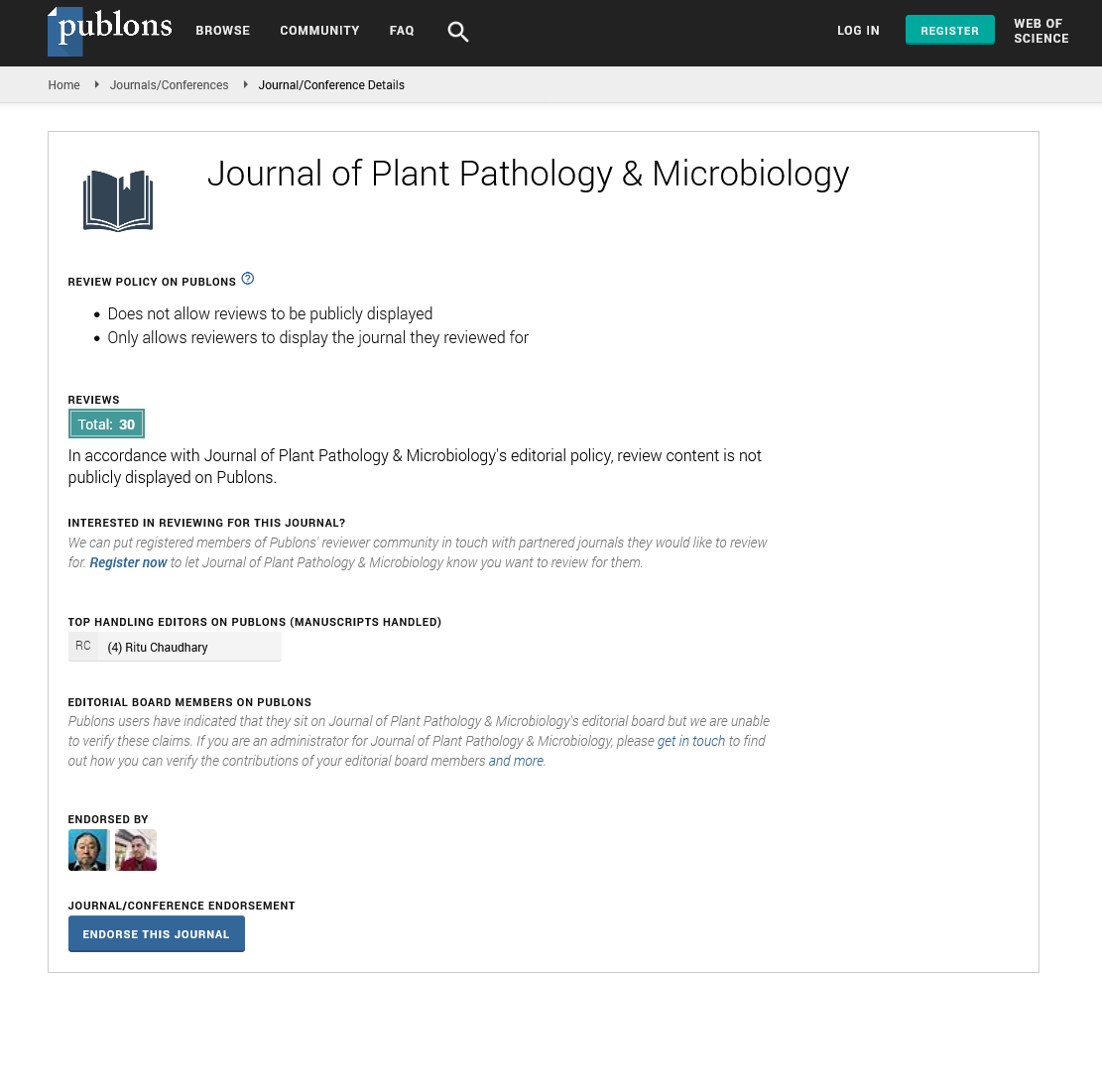Indexed In
- Open J Gate
- Genamics JournalSeek
- Academic Keys
- JournalTOCs
- CiteFactor
- Ulrich's Periodicals Directory
- Access to Global Online Research in Agriculture (AGORA)
- Electronic Journals Library
- Centre for Agriculture and Biosciences International (CABI)
- RefSeek
- Directory of Research Journal Indexing (DRJI)
- Hamdard University
- EBSCO A-Z
- OCLC- WorldCat
- Scholarsteer
- SWB online catalog
- Virtual Library of Biology (vifabio)
- Publons
- Geneva Foundation for Medical Education and Research
- Euro Pub
- Google Scholar
Useful Links
Share This Page
Journal Flyer

Open Access Journals
- Agri and Aquaculture
- Biochemistry
- Bioinformatics & Systems Biology
- Business & Management
- Chemistry
- Clinical Sciences
- Engineering
- Food & Nutrition
- General Science
- Genetics & Molecular Biology
- Immunology & Microbiology
- Medical Sciences
- Neuroscience & Psychology
- Nursing & Health Care
- Pharmaceutical Sciences
Abstract
An Overview of Genetic Variability and Population Structure of Rice Brown Spot (Bipolaris oryzae)
Muluadam Berhan Ejigu*
Rice is the vital staple food crop globally in which an ever-increasing population earns an economic return. However, the rice brown spot reduces its productivity and quality which in turn hurdles the producers' income. An information gap on the genetic diversity and population structure of Bipolaris oryzae worldwide and poor design of control strategies have led to its ineffective management. Thus, this review paper is written to grasp information based on the genetic variability of rice Bipolaris oryzae and to know its population structures across locations. Molecular markers are used as valuable tools for the characterization of the pathogen loci number and size, cluster of band polymorphism, gene sequence and sexual state over different locations. Random amplified polymorphic DNA, variable number of tandem repeats, inter-simple sequence repeats, universal rice primers and restriction fragment length polymorphisms have been developed and used previously for determining the genetic variation of B. oryzae globally. The results of all studies showed that all markers have been provided different band sizes (100-3000 bp) and percent of polymorphism (19.3-100) from place to place. Both mating-type idiomorphs, MAT1-1 and MAT1-2, were found in isolates in all locations. B. oryzae isolates are clustered into three to four distinct clusters with several sub-groups via internal transcribed spacer sequencing between 0.0 and 0.5% isolate’s divergence range. Therefore, from many studies, it is implied that the use of combined markers is highly reliable in Bipolaris oryzae genetic diversity and population structure studies.
Published Date: 2025-06-20; Received Date: 2024-07-23

